In a webinar organised by MOTORINDIA, experts from the Indian trucking industry recently discussed how the sector can achieve its full potential in terms of improving efficiency, productivity, asset utilisation and so on by leveraging different technologies that are already available and those expected to pick up pace over the next 3-5 years. Rajesh Rajgor reports
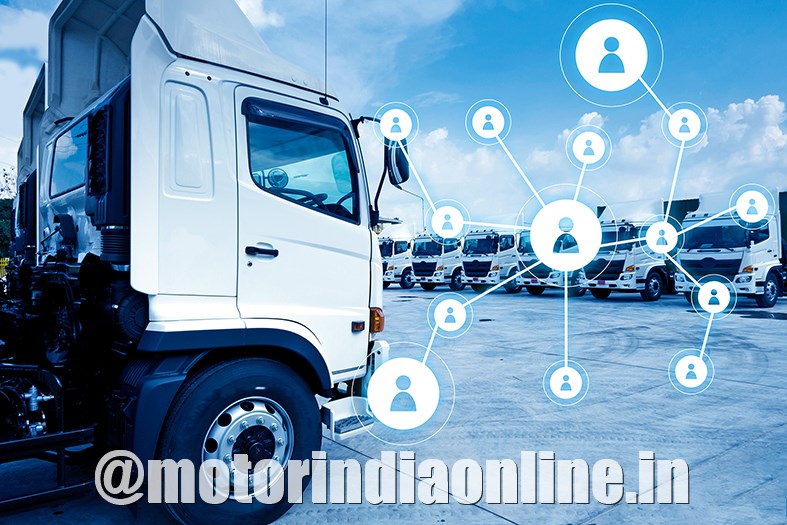
During the ongoing pandemic, MOTORINDIA introduced a series of interesting webinars on the Indian trucking industry, the first of which focused on the theme of ‘Trucking Through Uncertain Times: The Road Ahead’ and specific areas to tide over short and mid-term challenges. The second webinar emphasised on the readiness and adaptability of the industry for technology changes. The discussion was timely as there are distinct trends that are disrupting the way we look at the trucking and logistics industry and it is quite evident that technology is one of the prime drivers for the change that is happening and will happen in the transportation industry, impacting everything from last mile connectivity to warehousing.
Right from track and trace to digital marketplace to customisations and safety aspects, the innovations are now helping bring about a dramatic shift in the way goods are being moved across the country. However, the central point and key driver for this change will continue to be the ‘customer’. At the outset, Jinal Shah, Director (South Asia Region), Power Systems Research, who moderated the webinar, made it clear that we need to be prepared for a state of perpetual disruption when it comes to the trucking industry. “We have been used to dealing with a pace of change that has been constant for decades. While changing fuel costs, increased regulations, driver shortages, capacity and utilisation challenges are all there, they aren’t technically disruptive,” he said.
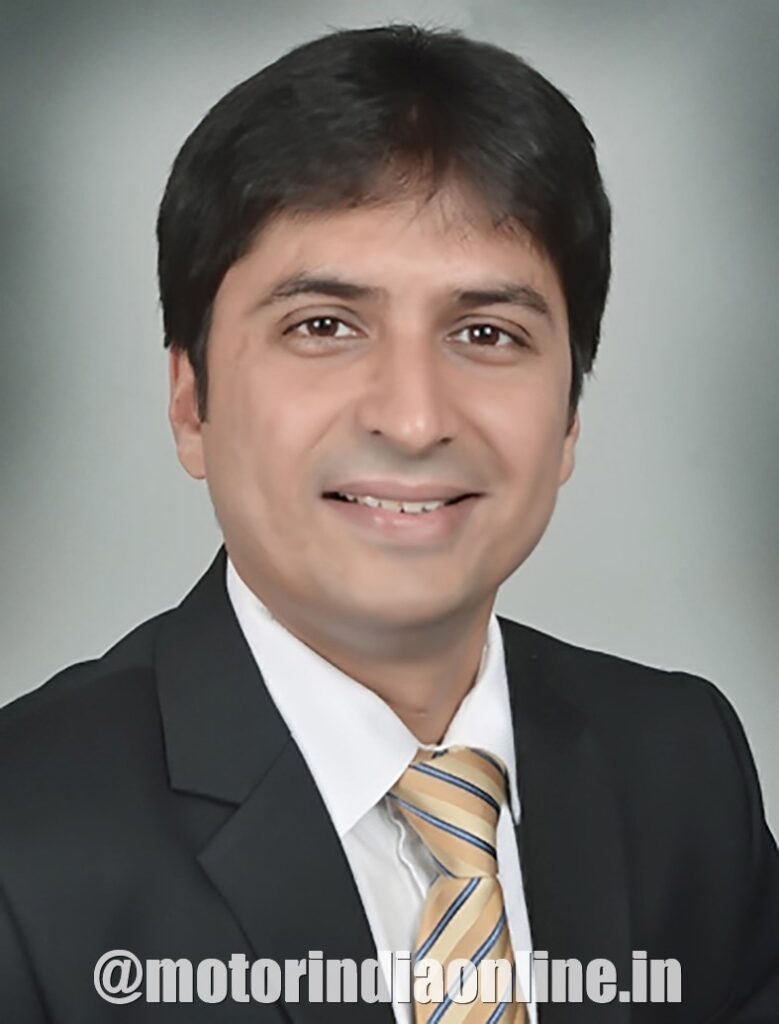
“At the edge of every supply chain there is an end customer and at the edge of every process there is a user while have logistics partners and other stakeholders. The focus is now moving towards a more customer-centric operating model than ever before,” he added. This was an imminent kick-off to the session that had Pradeep Kumar, Vice President (Product Engineering), Daimler India Commercial Vehicles (DICV); Anjani Mandal, CEO and Co-Founder, 4TiGO Logistics; Mohit Mehrotra, Managing Director and Business Head, Omnicomm India and South Asia; and Dipen Babariya, Co-Founder and CEO, Road Metrics as panelists – a good mix of OEM, aggregator and niche technology solution provider.
Everybody on the panel approved of the fact that customers now are becoming more demanding and that they need greater level of service and better products. As a result, a collision of transformative technologies and influx of investments, with the influx of a lot of start-ups in trucking today is leading to a whole lot of changes. Whether or not the industry willingly embraces the technological shift, the changes will have a profound impact on the transportation industry.
Changes: Regulatory Push or Customer’s Need?
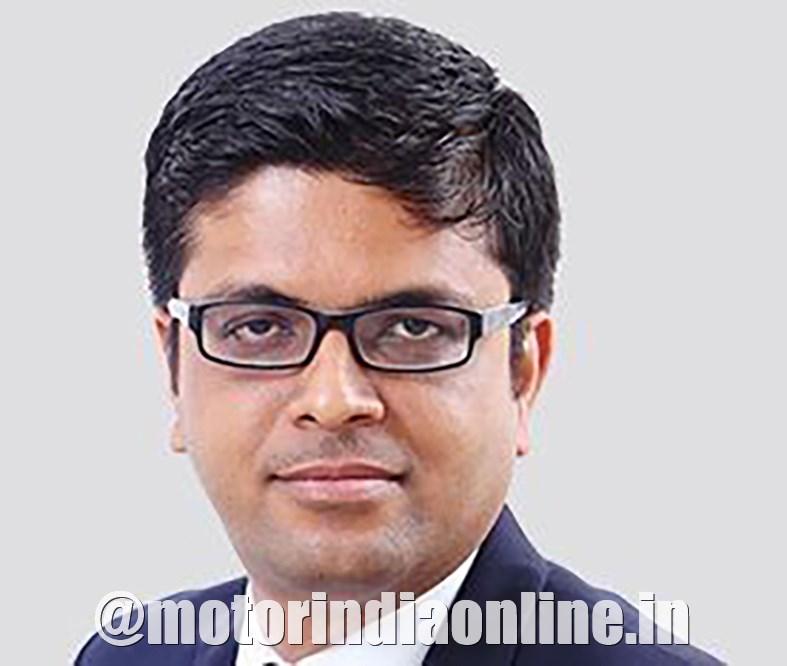
Explaining DICV’s perspective, Pradeep Kumar etched out how his company balances the regulatory needs versus the customers’ need to stay ahead in the Indian market. He explained: “DICV is globally a leader in terms of bringing technology especially in the areas of safety and efficiency which helps in better trucking experience for our customers. We don’t copy paste because it’s not going to work due to India’s variety of topography and different geographical conditions. Whether it is with respect to engine performance or operating safety of the truck with respect to systems integrated together, we have to consider extreme conditions and define the specifications for the market. So, from that aspect we have to do a lot of customisation in terms of changing the systems or adapting the systems or even calibrating the systems to meet the requirements.”
Meeting customisation involves a high level of technology integration and modification. One has to keep in mind that technology makes the product experience as simple as possible in order for the customer to use and derive optimum results. “We try to reduce the complexity of defining the system by reducing the number of sensors that are required to do the same function. We reduce the number of controllers and avoid an increase in electronics as much as possible. If at all the regulations makes it mandatory, we make the electronics user-friendly,” Kumar said.
Given the large landscape of the Indian trucking industry and different customer profiles ranging from single owner operators to fleet, the OEM also has to envisage the implementation of technology with respect to the return on investments. Notably, Daimler introduced a BS IV-compliant vehicle in 2017 with advanced driver assistance features, also keeping in mind the regulations while it was also ready with BS V globally. “We were the first ones in the country to launch a driver state monitoring system for our customers which has a huge benefit in terms of reducing accidents on our roads. We are looking at bringing solutions or technologies that are ahead of regulation and which will make sense for the society and for our customers,” Kumar said.
“We believe technology and regulation has to be in a state of balance and so there are some aspects where you wait for the regulation to come but when the regulation comes then you try to over-achieve the regulations so as to add more value for the customer,” he added. Echoing Pradeep Kumar’s analogy of customer’s need balanced with regulation, Mohit Mehrotra acknowledged that all the major technology changes around the world have happened thanks to regulatory push and that is nothing to be shy off. However, when a customer asks for a specific solution, it has to be customised.
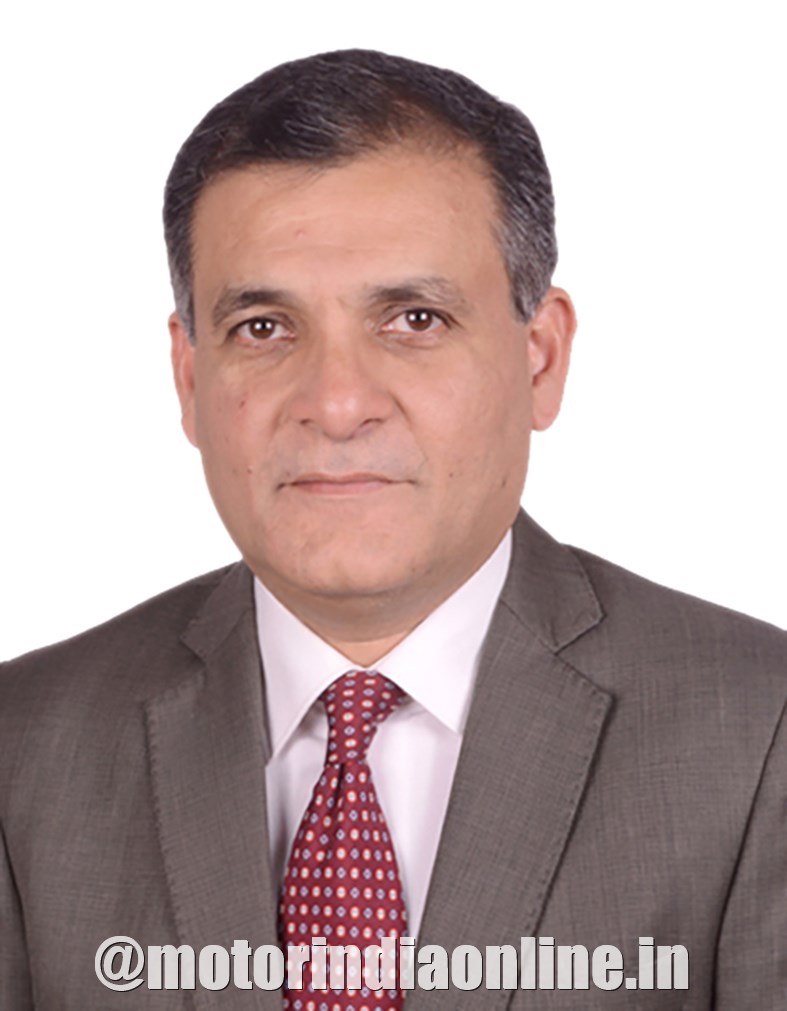
He stated: “When one of our customers who operates in the earth moving equipment sector wanted a common tool to monitor fuel consumption for his entire fleet, as a company we immediately realised that this is the space for aggregation and customisation. Today, three years down the line, it is no longer about whether we have a technology; it is more about whether we can better the analytics to know how much fuel has been pilfered or optimally utilised by the operator.”
Transparency for Optimum Asset Utilisation
The disruptions in global economy due to the pandemic have again proved the importance of aggregating and transparency. Roughly, about 60% of the economy depends on the carrying needs of the truckers. With thousands of trucks parked idle nationwide, it’s time to probably take trucking out of the dark ages of disconnectedness to the connectivity of the digital world. Anjani Mandal summarised: “The challenge in the beginning was the acceptance of a technology that can connect the Indian logistics ecosystem but over time and particularly during the pandemic, consolidation of the network for better utilisation came to the fore. As the supply and demand equation had worsened, the supply was significantly higher than demand and everyone was taking advantage of the situation. When we provide transparency with technology, people are going to respond favourably. Over the next few years, I see adoption of technology changing the fundamentals of the overall communication in the market, benefiting the total cost of ownership for the fleet operators.”
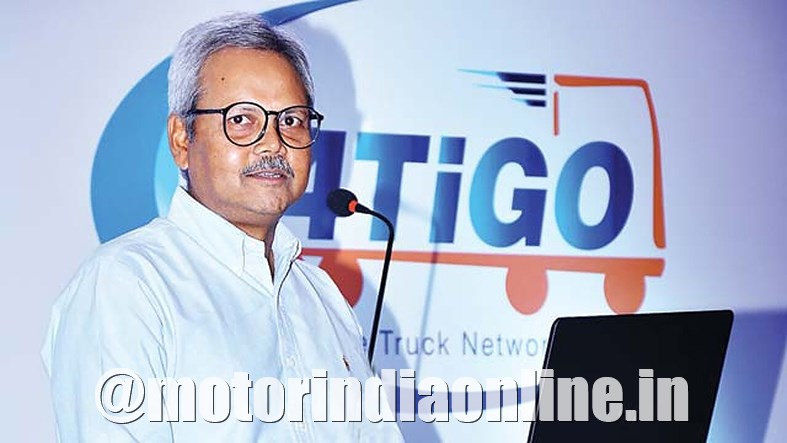
4TiGO provides a common technology platform complemented with business services for each and every participant in the ecosystem. The 4TiGO network members interact, transact and manage the entire goods transportation lifecycle and business on the platform, thereby enabling a quantum leap in productivity, efficiency and customer service, bringing the existing offline communication to the transparency of the online world. Another panellist who works towards transparency in trucking with a central focus on safety was Dipen Babariya. His company’s mission is to map road information at scale with a vision for a safer road infrastructure.
On understanding what could be the prerequisite for the Indian vehicles, especially trucks that are still 10-15 years older and help them integrate with technology, he said, “It’s not so much about the hardware or the new vehicle that is a prerequisite; it’s the data that we are trying to get connected to. With everyone using a smart phone, we will only need one small application to be downloaded and connect that data with the drivers to help them get alerts. As vehicle-to-vehicle or vehicle-to-infrastructure communication increases, fleet visibility can translate into better safety or reliability for drivers. Both public and private fleets can stay in contact during an emergency or get real-time notifications of the adverse road condition in ways that can dynamically change the way we drive or set out for a trip on a particular route.”

The whole scenario of data connectivity that technology companies like Road Metrics envisages can enable vehicle and transportation infrastructure to work seamlessly with each other. “Traffic lights can adapt dynamically around the traffic flow or adjust the light to minimise any unnecessary delay on the highway. The conveyor of the connected vehicle can form a mini-cloud, communicating with each other to warn the vehicle behind of the fluctuation in the road grid and help maintain a steady distance between each other. As a result, in the future, self-driving (autonomous) vehicle can become a reality,” Babariya elaborated.
He, however, felt that Advanced Drive Assistance System (ADAS) would be the first step for the self-driving operation in India. “We would achieve connected road safety for India by implementing ADAS, which even the concerned road transport ministry is mulling over to make mandatory by 2022. Once that is achieved it will be more of a data transfer model where road characteristics and vehicle health details are sent to fleet managers,” Babariya said. The conclusion of the panellists was thus: While we as society have always accepted the maxim of ‘change to be constant’, only now we are understanding and accepting the ‘pace of change’. While it may appear that technology is creating disruptions, in the end it is helping the ecosystem create more happy customers, leading to profits for all the stakeholders involved.
—
Ethical fuel taxation – need of the hour

“After coming across a recent tweet of Dr. Subramanya Swamy, I just wanted to add my opinion on running a country with fuel tax revenue. It is actually possible to create a strong economy even without tax on petrol and diesel. It’s a rotten mindset of economists and bureaucrats who ill-advice the ruling dispensation for easy and cheap way of tax revenue which squeezing the common man.
Like getting addicted to cigarette smoking, it seems the people who hold power have gotten addicted to taxing fuel abnormally. They have to be lifted out of this addiction and be made to think of ethical taxation policy.
There are several ways to run the country more economically with a moderate fuel tax structure. Our authorities should come out of the mental illness of depending on high fuel tax revenue. In fact, lesser tax on fuel will give multiplied positive impact on economic growth.
Petrol selling at Rs. 90 a litre indicates 200% taxation. It is high time the Government should bring petrol and diesel under GST. All that is required is a strong political will to transform the fuel tax-dependent revenue system to a more ethical tax base.”
– Peer Mohamed, General Secretary – Puducherry Transport Federation, and Former President – Pondicherry Goods Transporters’ Association